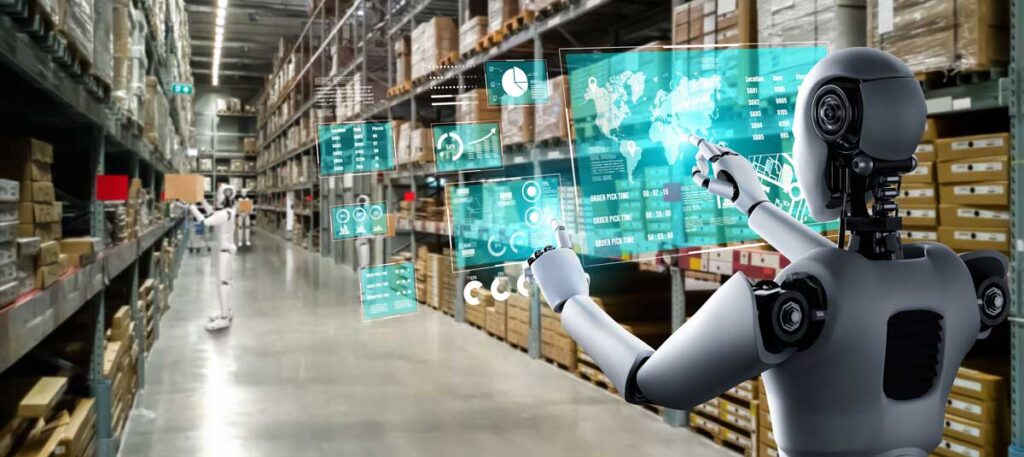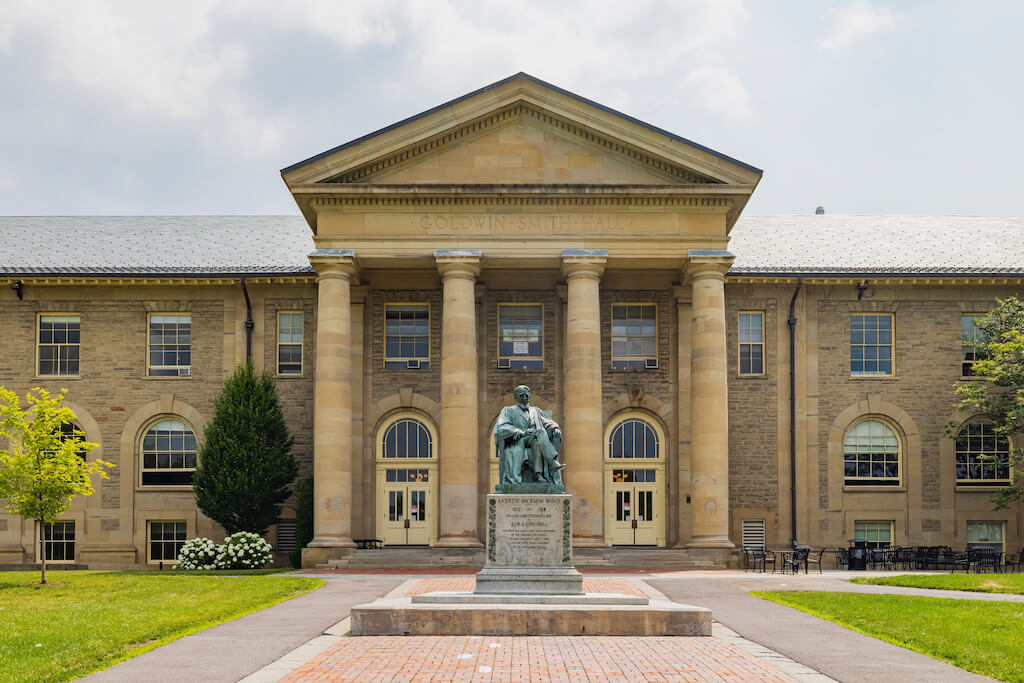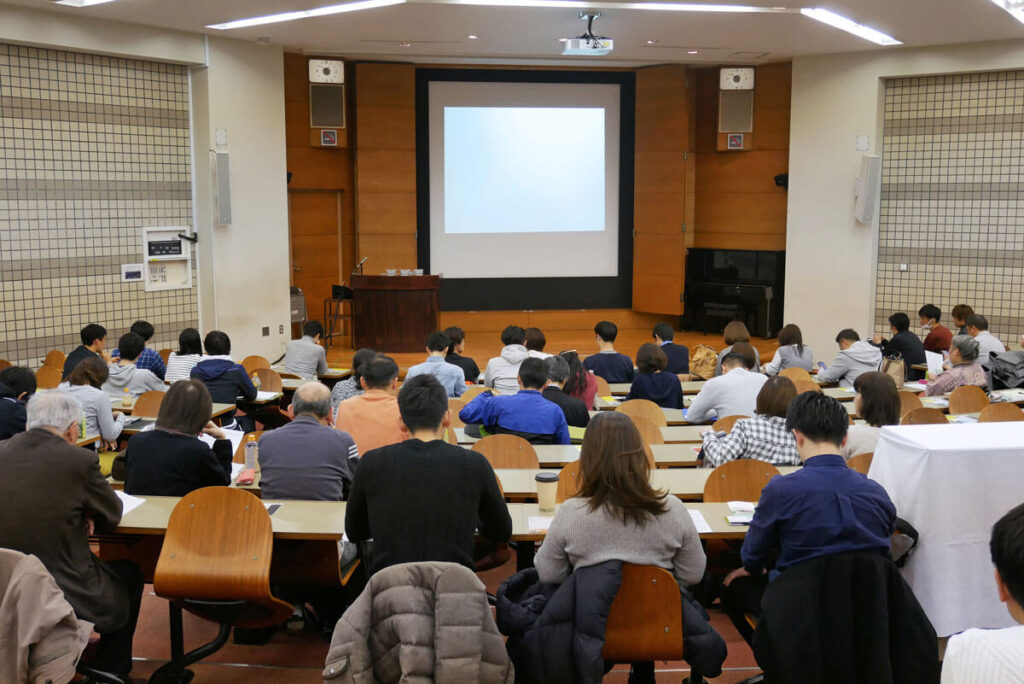I can’t remember how many books and essays I have read over the past two decades that forecasted major changes and disruption to higher education. Some were better than others, but none of them were as notable as Arthur Levine and Scott Van Pelt’s recently published The Great Upheaval: Higher Education’s Past, Present, and Uncertain Future.
In the preface, Levine and Van Pelt note the outpouring of publications about the future of American higher education in recent years. They point out that most of those publications were ahistorical, meaning that their authors projected the future based on current events and expected trends rather than examining how higher ed got to this point and lessons from the past.
The opening chapter of the book, “Where You Look Determines What You See,” leads with these statements: “The United States is experiencing profound, unrelenting, and accelerating demographic, economic, and technological change. The country is undergoing a transformation from an industrial to a knowledge economy. New digital technologies have emerged with the power to recast our lives and the world around us.”
Levine and Van Pelt write that the last time changes of this magnitude occurred was the Industrial Revolution. One consequence is that social institutions, one of which is higher education, are compelled to change to meet the demands of the new economy.
The “futurists” predictions fall into two “buckets.” The first bucket is the adaptive bucket whose commentators believe that the existing model of higher education will be sustained through gradual adaptation.
The second bucket is the disruptive bucket. Its commentators believe that higher education will have to substantially transform itself.
Levine and Van Pelt use the term “higher education” to describe traditional, campus-based higher education. They use the term “postsecondary education” to describe the world beyond traditional campuses where diverse and independent for-profit and non-profit institutions and organizations have abandoned key elements of mainstream higher education. Instead, they are focusing on digital technologies, low-cost degrees, competency or outcome-based education, certifications, and more.
They write that the relationship between participants in the two sectors of higher education has been “fractious,” specifically because the postsecondary education sector expanded by capitalizing on the deficiencies of the higher education sector.
The traditional higher education sector was built for the industrial economy. The postsecondary sector was built for the knowledge economy.
Industrial societies are focused on common processes. Knowledge societies are focused on common outcomes.
Given the contrasting perspectives of the two groups, the researchers/authors apply a three-pronged analysis: “Looking Backward,” “Looking Forward,” and “Looking Sideways.”
Looking Backward
“Looking Backward” is about context. Its purpose is to examine a period of history looking for events that may have impacted the present. Levine and Van Pelt focus on the Industrial Revolution because it was the last time the U.S. experienced the level of change that is occurring today.
Four chapters in this section describe innovations and their influence on the economy, society, and higher education during the First and Second Industrial Revolution. The context of this era is like the present – the U.S. is undergoing a major economic, demographic, technological, and world change.
During the Industrial Revolution, society changed more quickly than its social institutions. Higher education’s transformation took place over a 150-year period during the Industrial Revolution.
Levine and Van Pelt write that higher education is the engine that drives the global and digital knowledge economy. Because of its role in the new economy, higher education’s transformation will occur much faster than it did in the Industrial Revolution. The process of higher education’s change, seven overlapping stages, appears similar to what is happening now.
Looking Forward
“Looking Forward” focuses on today’s three forces of greatest change: demography, the economy, and technology. These three forces do not operate separately or independently. They can act together, in opposition, or independently. The authors note that use of the term “force” does not imply pushing or pulling but is more of an umbrella term.
The demographic changes occurring in America forecast that by 2045, whites will comprise less than 50% of our country’s population. The implication of this forecast is that the education system has not been as successful with the non-white populations as it has with the white populations.
Additionally, the rising cost of higher education does not match well with the black and Hispanic populations that earn less than whites. Levine and Van Pelt write that traditional higher education is “unlikely and frankly unable financially to go beyond adopting marginal remedies.” Price controls would be more meaningful for minorities than providing more funding to higher ed institutions.
Additional demographic changes include a shift in the U.S. population geographically. The Northeast and Midwest states have declining populations, and the South and West are booming.
The Northeast and Midwest states have too many colleges and too few students, while the South and West have too many students and not enough colleges. This issue matters because most high school students choose to attend colleges close to home.
Older adult college students are seeking the same consumer relationship with their college that they have with their banks, supermarkets, and internet providers. They’re looking for convenience, service, quality products, and low cost.
Also, they value exceptional customer service in admissions, financial aid, and registration. They are prime candidates for consumer-oriented, anyplace, and anytime instruction.
Levine and Van Pelt write that the shift from an industrial to a knowledge economy will transform higher education “because industrial economies are rooted in fixed time and processes and knowledge economies are grounded in fixed outcomes.”
States have been trying to graft the knowledge economy’s outcomes standards for education onto the industrial economy’s processes for education, and it is not working. It is impossible to fix the process, the time, and the outcomes of education because students learn at different rates.
The fundamental change in education would be to move the focus from teaching to learning. Common definitions for competencies and outcomes would have to be developed. Once those definitions have been standardized, the awarding organization does not have to be a college or university.
If the demographic and economic shifts appear to be complicated, Levine and Van Pelt write that the revolution in technology could be overwhelming. It’s well known that the rate of change in technology is getting faster and faster.
There are five areas of technology that will affect the future of society and higher education. These are:
- The internet
- Mobile devices/computers
- Big data
- Artificial intelligence (AI)
- Virtual reality/augmented reality (VR/AR)
The first two areas comprise the foundation for online education. For the current undergraduates ages 18-24, the first two areas have been around their entire lives, hence they (undergraduates) are designated as digital natives. For most of their professors and the structure and processes of their colleges, that’s not the case.
Online education has the greatest capacity to transform higher education. There are four reasons posited by the authors.
First, online enrollments are concentrated in a small number of institutions. The top 10 universities account for more than 10% of the enrollment, and 47 universities account for nearly 25% of the enrollment. This concentration could keep traditional universities locked out due to an inability to scale online enrollments enough to offer them competitively.
Second, the demographic shifts support utilizing online to handle the excess capacity needed in the South and West. It’s more economical than expanding campuses.
Third, the major rationales for most current online student enrollments are reskilling and upskilling. Lifelong learning, a requirement in the knowledge economy, will require continuous reskilling and upskilling.
The fourth reason is the utilization of Massively Open Online Classes (MOOCs). One provider, Coursera, had 78 million enrollments as of January 2021. Although MOOCs are known to have low course completion rates, they also offer low-cost upskilling certifications.
Our digital society continues to generate data, lots of it. In fact, 90% of all data has been generated in the past 24 months.
Online classes generate lots of data, much of it unused. Recently developed adaptive learning tools analyze students’ learning and recommend areas of focus; that helps students to master difficult concepts based on their classroom activities as well as their answers to questions and quizzes. This data allows educators to determine how students learn and what the most effective resources are to get them back on track.
Levine and Van Pelt write “it is not difficult to imagine a disruptive scenario: a new knowledge age university at the periphery of higher education…powered by digital technology and driven by changing consumer appetites regarding the kind of education wanted. This new university would be learner-centered and outcome-based. It would also be time independent, individualized in programming, and offer a host of certifications and credentials.”
Those of us who have worked at some of the largest online institutions would argue that much of this scenario is already in place. Based on their conclusion that higher education can meet the coming demographic, economic, and technology changes through adaptation, the authors see more daylight ahead than I do, but their three-phase analysis is not complete at the point when they write this statement.
Looking Sideways
Levine and Van Pelt observe, “The point of looking sideways is to gain an understanding of the ways in which higher education may be pressed to change in the years ahead.” The authors focus on three knowledge industries (music, motion picture, and newspaper) that had to change based on technology.
They chose these three industries “because sound, video, and print are central to the knowledge economy.” Levin and Van Pelt note that they differ in one respect from colleges and universities. These three industries are for-profit industries, and colleges and universities are predominantly non-profits. The authors write that for-profits replace the old more quickly when they become dated or unprofitable.
The authors provide a history of each of these industries and where they stand today. Music distribution has transformed to meet consumer demand for more portable and accessible content.
Streaming services offer access to a massive library of content. Consumers gain access to the entire library for a subscription price, and it’s available through portable devices.
The music industry is still in a state of flux. It’s important to note that the business models that fueled its growth throughout the 20th century are obsolete.
Like the music industry, the movie industry has been transformed by digital distribution. Mobile access to a massive library like Netflix is appealing to the consumer.
Netflix’s success is also based on its use of big data by capturing consumer preferences and feeding personalized recommendations to its users. Amazon, Apple, and Disney are also major film streaming companies. The business model that fueled the industry for more than a century has changed as well.
The newspaper industry is older than the music and movie industries and reached its peak before the other two industries developed. The bottom of the industry fell out after 2004.
Between 2004 and 2018, 20% of all newspapers closed, circulation decreased by 50%, and advertising revenue declined by 70%.
The principal disruptor was digital technology; the ad revenue went to digital media. The most popular choice for news today is television, and the least popular is newspapers.
What happened? Companies believed that they were in the newspaper business instead of the news business. They failed to see the changes happening in competitors, technology, and the marketplace. Their vision was short-term and emphasized quick fixes over long-term solutions.
Levine and Van Pelt note that the stories of the music, movie, and newspaper industries read like they were written by the same novelist. They write that their “Looking Forward” analysis concluded that higher education could respond to the technology changes caused by the internet and mobile devices through adaptation. The other three areas of change – big data, AI, and VR/AR – were not sufficiently advanced to assess their impact on higher ed.
However, after reviewing the music, movie, and newspaper industries, the authors have concluded that it would be “magical thinking to believe that higher education in whole or part can escape the fate of the music, movie, and newspaper industries.”
These three industry case studies are helpful in looking where the disruptive innovation begins. It suggests that the postsecondary sector (versus the traditional higher education sector) will drive adaptive and disruptive change. The type of change will emphasize “the rise of anytime, anyplace, consumer-driven content and source agnostic, unbundled, personalized education paid for by subscription.”
Conclusions
Levine and Van Pelt wrap up their analysis with the headline that “higher education will change profoundly to meet the demands of the global, digital, knowledge economy.” It will change like the three industries they examined. All institutions will not change to the same degree, but they will all change.
There are five realities that will shape the future of higher education. They are:
- Institutional control of higher education will decrease, and the power of higher education consumers will increase.
- With near-universal access to digital devices and the internet, students will seek from higher education the same things they are getting today from the music, movie, and newspaper industries.
- New content producers and distributors will enter the higher education marketplace, driving up institutional competition and consumer choice and driving down prices.
- The industrial era model of higher education, focusing on time, process, and teaching, will be eclipsed by a knowledge economy successor rooted in outcomes and learning.
- The dominance of degrees and just-in-case education will diminish; non-degree certifications and just-in-time education will increase in status and value.
The authors conclude the book with a few recommendations for higher education institutions and policy makers. For colleges and universities, they recommend:
- Don’t plan for business as usual.
- Recognize higher education is in the education business, not the campus, degree, or credit business.
- Know tomorrow will not be a repeat of yesterday.
- Restore the connection with the street.
- Make institutions distinctive, give them a value added or plus that distinguishes them from peers.
For policy makers and funders, they recommend:
- Ensure educational equity.
- Speed the transition.
- Reexamine current industrial-era higher education regulations.
- Promote shared social bonds.
Before I began to synthesize my notes and write this review, I recommended the book to five of my higher education friends, all of whom purchased a copy. If I were currently teaching in a higher education management program at the master’s or doctoral level, I would develop a course and use The Great Upheaval as my textbook.
If I were leading a traditional college or university, I would send copies of the book to my board members and my cabinet. If I were leading a “postsecondary organization,” I would send copies of the book to my leadership team.
The research and analysis conducted by Levine and Van Pelt is among the best that I have seen. The only major question left unanswered is when will the transformation occur, not how or why.











